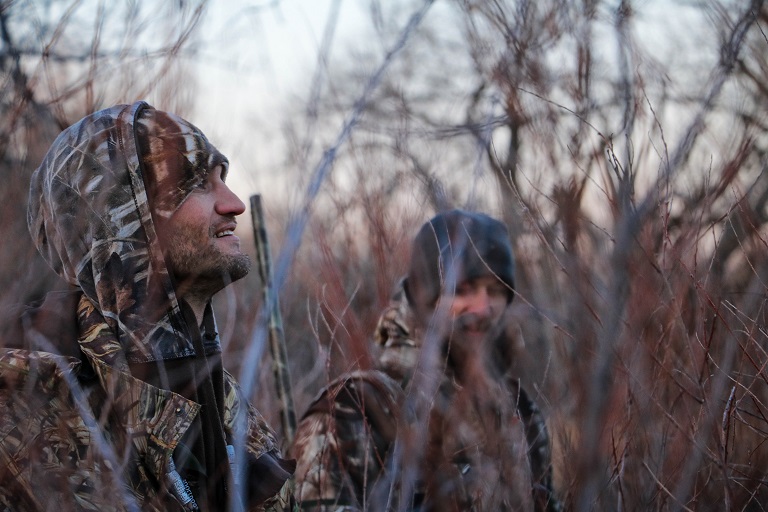12th Nov 2017
The Difference Between Spalling and Bullet Splash
There are 2 key things to be aware of when shooting steel – spalling and bullet splash. However, do you know the difference and do you know the dangers of each?
Most shooters think that they know the difference or think that both are the same thing and others may get them the wrong way round. Ultimately, what you call it doesn’t make a difference; the important part is to be aware of each danger, its effects and how to avoid them.
Bullet splash
Bullet splash is exactly what it sounds like. If a soft object hits a hard surface fast enough, it’s going to create a ‘splash’. Like a water balloon against a wall, you get small fragments shooting out perpendicular to the impact surface. When a bullet hits a hard surface such as steel, the (relatively soft) bullet will fragment and send bullet fragments off in different directions. The only difference here is that a bullet travels so fast with so much potential energy, that those shards are still deadly dangerous.
This is why you must be acutely aware of what’s around the target, not just what’s in front or behind it. It’s also exactly why many ammunition manufacturers will include minimum shooting distances for their rounds and you’re told never to shoot steel with “typical” ammunition at specific distances; the risk of being hit by the splash is too great.
Bullet splash is what most shooters will call “spalling”. Armour plates and shielding is even covered in an “anti-spall” coating, designed to protect wearers from the fragments after a bullet has impacted against body armour.
So what is spalling?
Spalling
Whilst bullet splash occurs on the side of the impact, spalling occurs on the opposite side. Spalling is the fragmentation of the target caused by the impact of the projectile, not fragmentation of the projectile itself. Spalling is not caused by the bullet penetrating the target, but the target deforming in a way that allows the rear of the target to fragment.
Spalling carries similarly dangerous energy to that of bullet splash, and was a key tactic used in early tank warfare. “Squash rounds” were specifically developed to maximize the effect of spalling and to neutralise the crew of enemy tanks by fragmenting the inner walls. Anti-spalling liners and coatings were originally developed to combat this, and today’s anti-spall coatings are most likely a continuation of the technology, despite being incorrectly named.
This is one amongst many reasons why shooters are taught to be sure of the target, what’s around it and what’s beyond it.
Shooting Steel
The most important thing to note when shooting any metal target is that it needs to be rated for shooting – You can’t just shoot any old piece of metal. Shooting steel is made to careful specifications, both in thickness, but also hardness. The most common certification for shooting steel is AR500 and AR550.
Before shooting at steel, ensure that your target is rated for calibre and distance that you’re shooting at it from. Different steel withstands different calibres and certain ammunitions cause dangerous fragmentation at close range. Some ammunition, such as frangible ammo, is specifically designed to be fired up close, as it disintegrates into a fine powder upon impact.
If your shooting steel shows any signs of pitting, cracking or bending, then it’s time to retire it. The second the steel becomes compromised in some way, it becomes very dangerous. It may no longer be able to full disintegrate the bullet on impact or the steel itself may fragment, creating dangerous ricochets.
